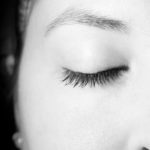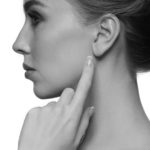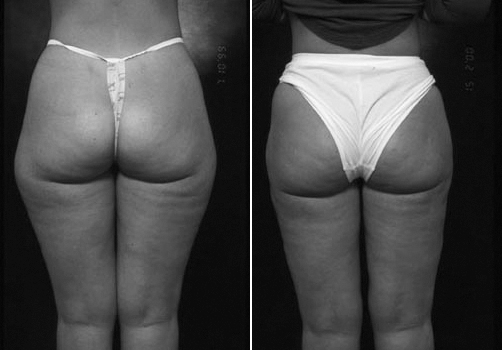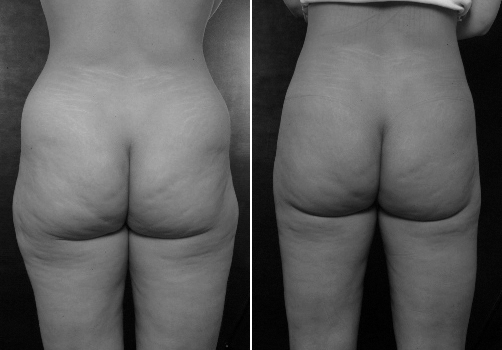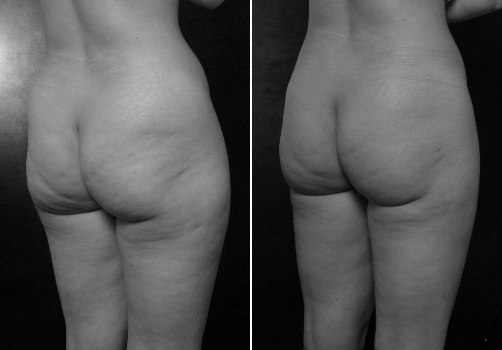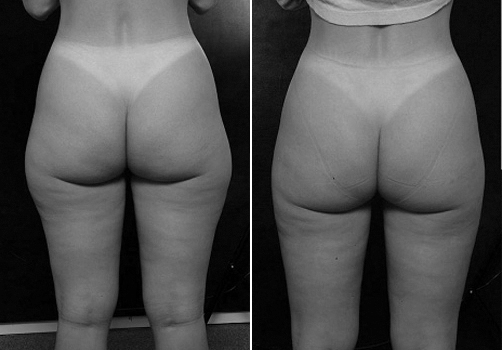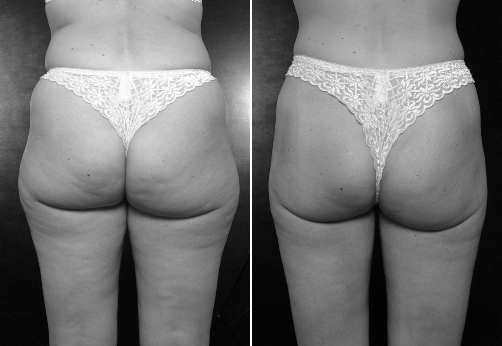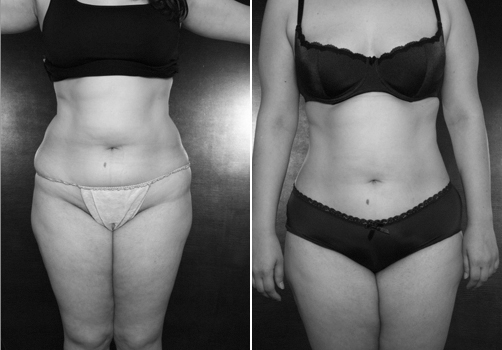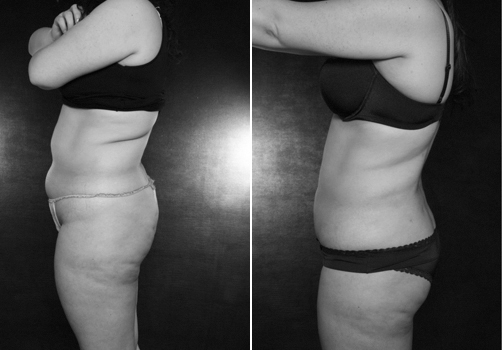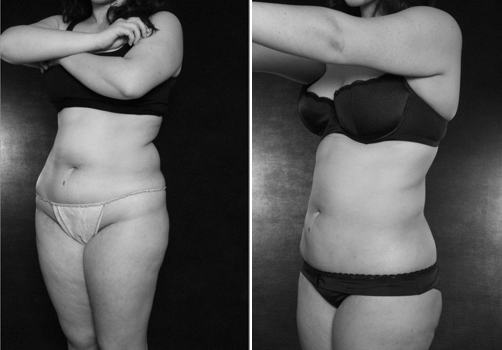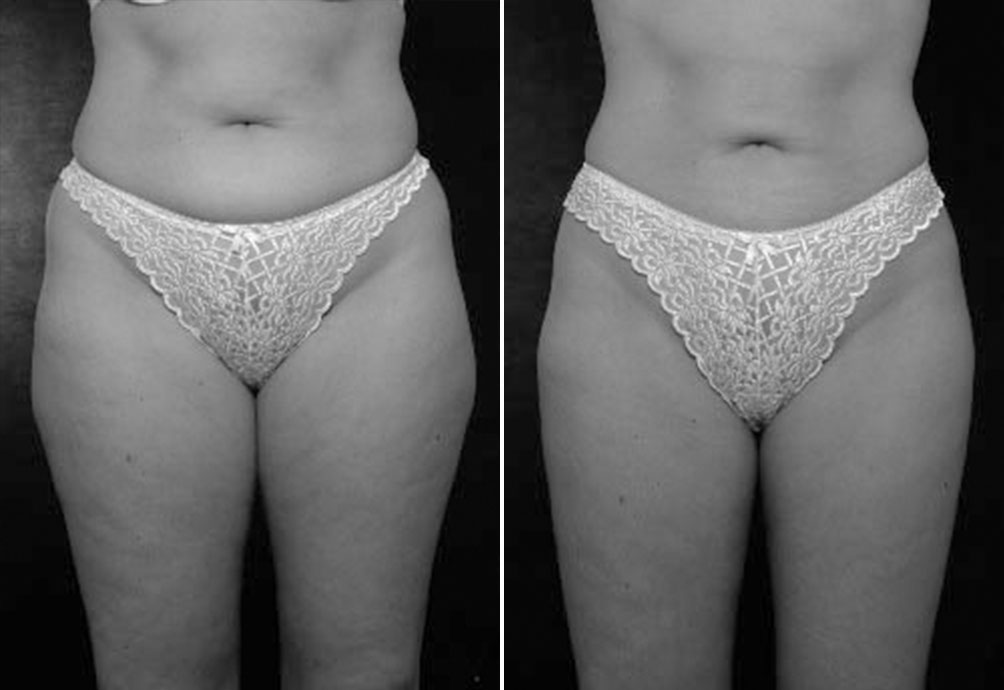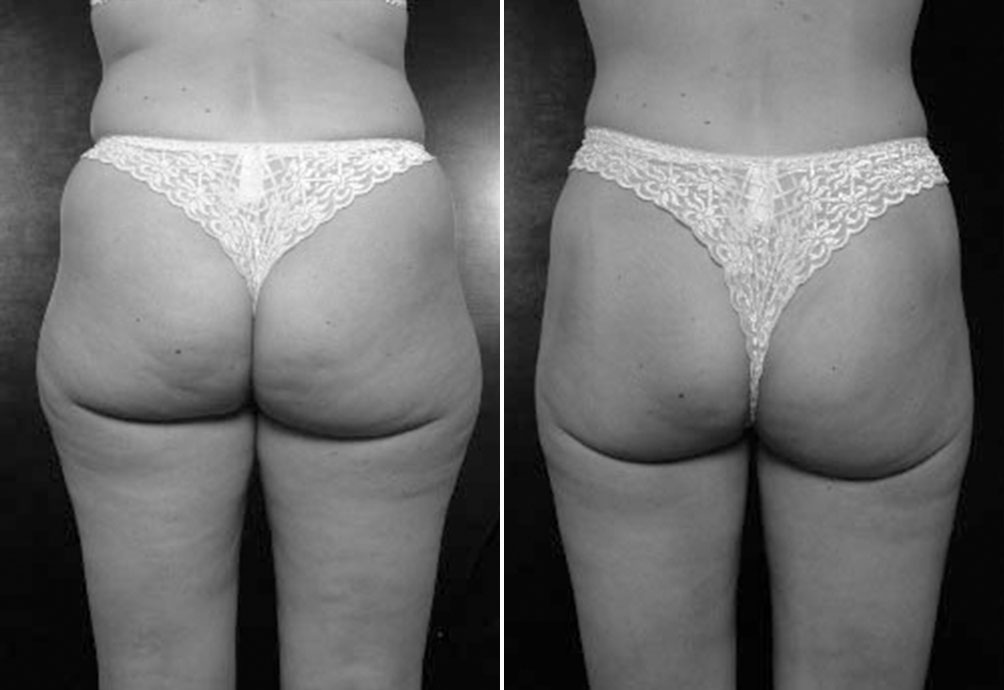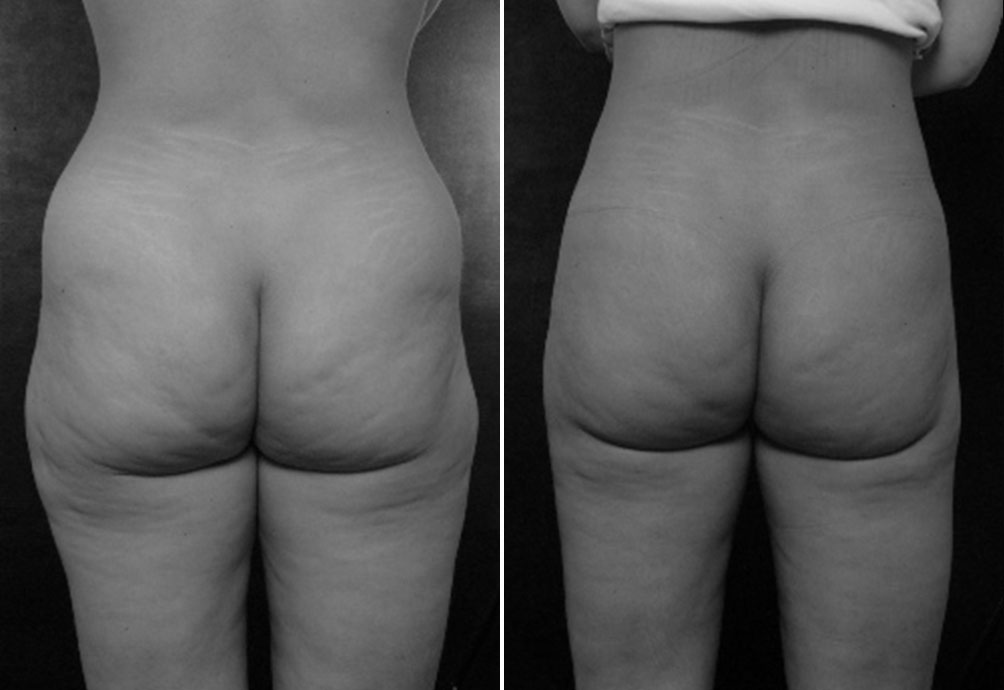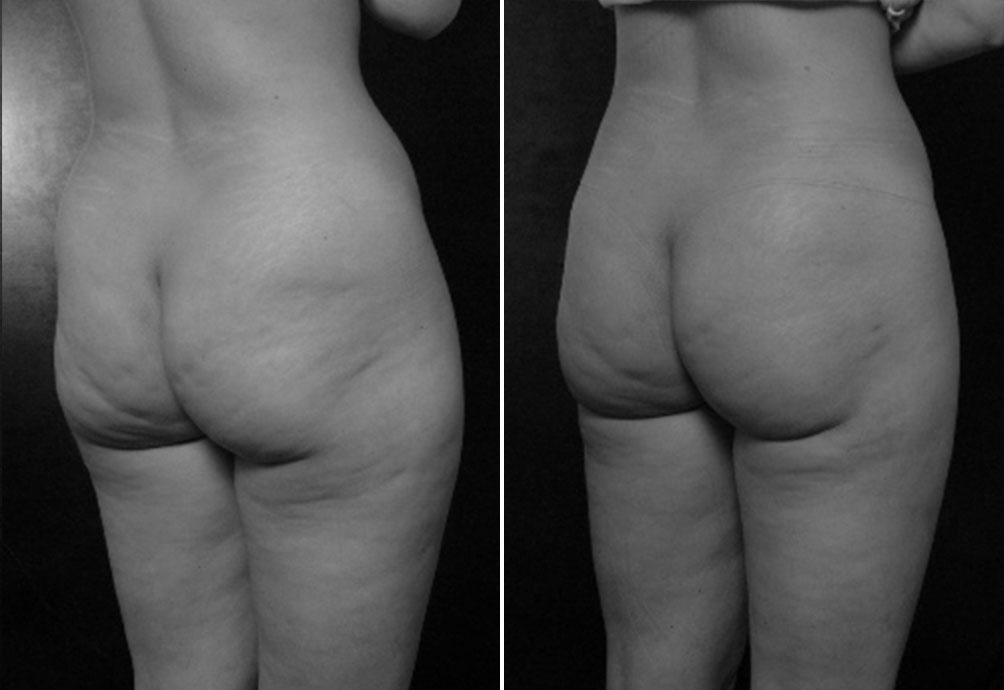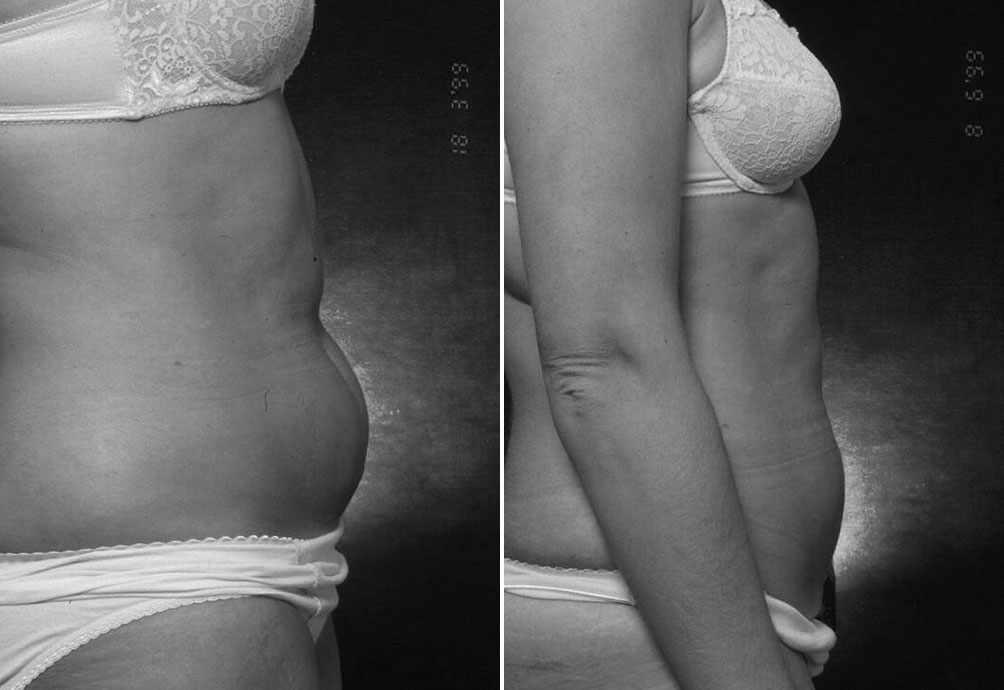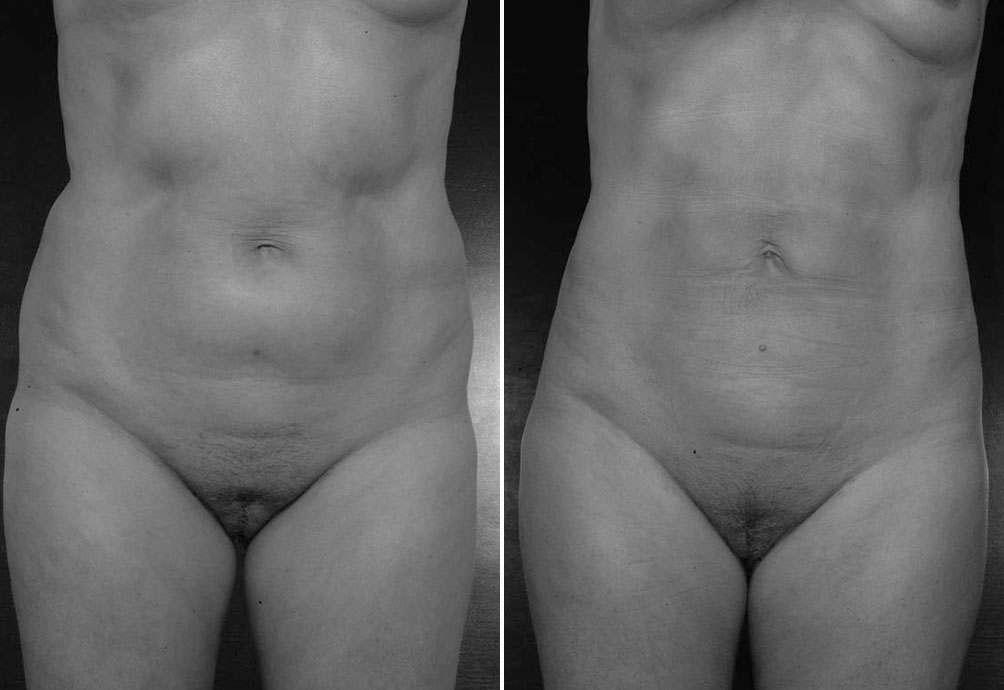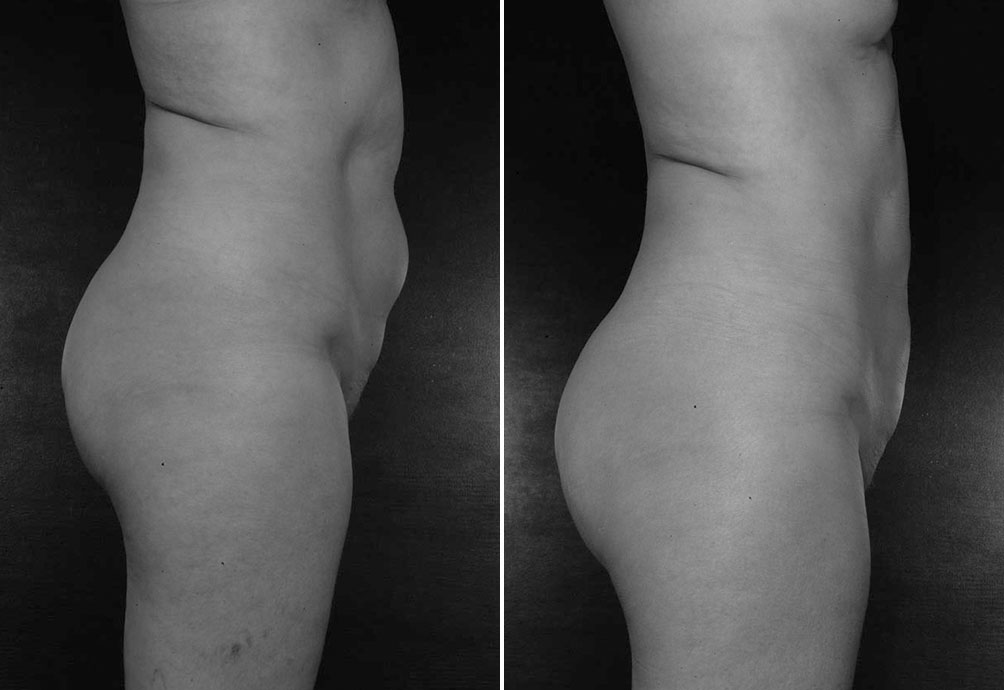04 Feb LIPOSCULPTURE

LIPOSCULPTURE
Liposuction (or liposculpture) is one of the most popular procedures in plastic surgery. It involves the removal of excess fat tissue with a small tube, known as a cannula.
There are countless myths and misunderstandings surrounding liposculpture. “The fat will inevitably come back,” “The fat simply moves around,” “This is only temporary.” In truth, the fat cells are physically removed, and, under normal circumstances, adults do not produce any new fat cells. This means that the site of the treatment will have fewer fat cells afterward and it will stay that way if you maintain the same diet or lifestyle. If you were to gain weight after liposuction, the excess calories are stored in the form of fat – although probably in other places than where the liposuction was performed. That is why people claim the fat has moved around, although this is clearly false.
Liposuction is not a way to lose excess weight. Instead, it is a corrective procedure that will improve your silhouette in a lasting manner.
“Liposculpture” literally means “sculpting fat.” The surgeon has the option to lastingly reduce the volume of unwanted accumulations of fat in your body or remove them entirely. This procedure can be performed under local or general anaesthesia, depending on the number of areas or the total volume of fat that must be removed.
Another limiting factor is the skin’s elasticity. Ideally, liposuction is performed on someone with firm, elastic skin that will easily adjust to the reduced volume of the body. However, if your skin has lost some of its elasticity or if very large volumes of fat are removed, it is possible that you are left with excess skin afterward. In some cases, this excess will have to be surgically removed. In virtually all cases, your surgeon will be able to tell you beforehand if this will be necessary.
As with any surgical procedure, there will be some swelling after a liposculpture has been performed. To limit this effect as much as possible, you will have to wear a lipopanty for four weeks after the procedure. Apart from that, there is hardly any recovery period to speak of. Many patients are able to return to work just one or two days after the procedure, although this varies per person. The treated areas will feel bruised, but there are few restrictions in terms of what you can and cannot do.
When you come in for a check-up after three months, your silhouette will be lastingly improved, provided that you maintain the same or better dietary habits and lifestyle. To advise you in this matter, we work together with professional nutrition experts.
RELATED TREATMENTS
ABRASIVE LASER / ERBIUM LASER
Intensive laser treatment for localised deeper wrinkles and scars...
BLEPHAROPLASTY
Sagging upper eyelids, a tired appearance and bags under the eyes can be treated with a blepharoplasty procedure....
EAR PINNING
Outward-pointing ears can be a significant psychological burden. This problem can be treated with a simple procedure that involves making an inconspicuous incision behind the ear....
EYEBROW LIFT/TEMPORAL LIFT
Corrects a sad look caused by sagging eyebrows. This procedure is often combined with a MACS-lift and blepharoplasties. The scars are hidden above the hairline....
LIP ENLARGEMENT/ LIP REJUVENATION
The mouth expresses many emotions. Filling the lips can produce beautiful effects, yet the quality of the skin and the shape of the lips are just as important. A lip lift is very rejuvanating....



